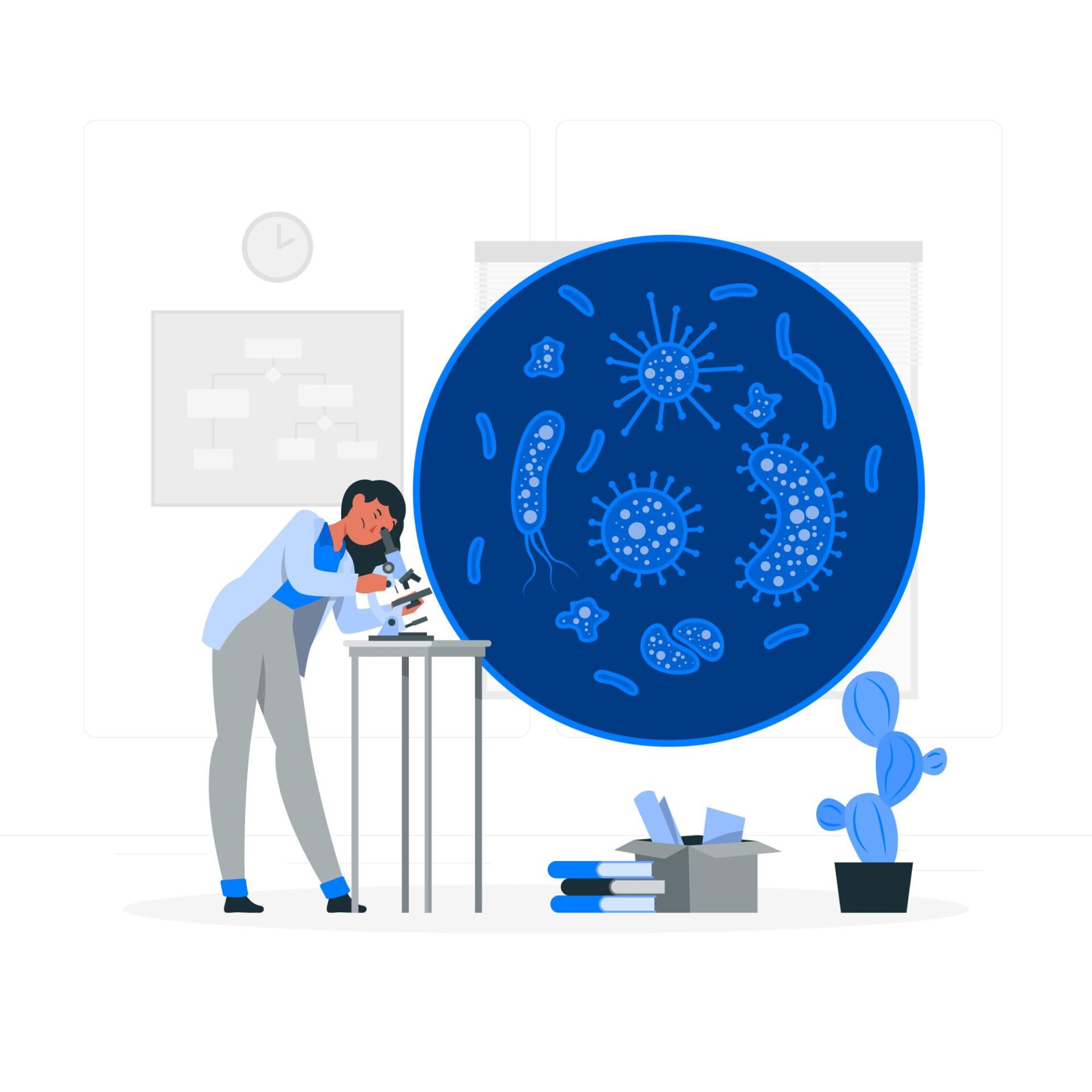It’s no secret, ladies, that yeast infections can be a real pain. The itching, burning, and discharge can make even the simplest tasks uncomfortable. But before you reach for a handful of tissues, let’s take a deep breath and explore the world of yeast infection treatment.
Yeast Infection 101:
Before we delve into remedies, let’s understand the culprit behind the discomfort. Yeast infections, also known as vaginal candidiasis, are caused by an overgrowth of the fungus Candida albicans. This fungus normally lives in our bodies in small amounts, but certain factors like hormonal changes, antibiotics, or even stress can disrupt the delicate balance and lead to an overgrowth, causing those unwanted symptoms.
Home Remedies: Nature’s Gentle Touch:
Now, onto the good stuff! While home remedies might not always be a cure-all, they can offer soothing relief and help prevent future flare-ups. Remember, it’s always best to consult your doctor if symptoms persist or worsen.
- Yogurt Power: Plain, unsweetened yogurt is packed with probiotics, good bacteria that can help restore balance and fight against the bad guys. Apply a thin layer of yogurt to the affected area and leave it for 15-20 minutes before rinsing with lukewarm water. Repeat daily for a few days.
- Apple Cider Vinegar Soak: This vinegar is known for its antifungal properties. Dilute two tablespoons in a warm bath and soak for 15-20 minutes. Remember, vinegar can be irritating, so test a small amount on your skin first.
- Garlic’s Natural Might: Garlic has antifungal properties, and some women find relief by inserting a peeled garlic clove (wrapped in gauze for comfort) into the vagina for a short time. Caution: This method can be irritating for some, so proceed with caution and consult your doctor if you experience any discomfort.
Over-the-Counter Options: When Nature Needs a Boost:
If home remedies aren’t enough, over-the-counter antifungal creams and suppositories can offer quick relief. Look for products containing clotrimazole, miconazole, or terconazole. Remember to follow the instructions carefully and complete the full course of treatment, even if symptoms subside.
Prescription Medication: Seeking Expert Help:
In some cases, especially if symptoms are severe or recurrent, prescription medication might be necessary. Your doctor can prescribe oral antifungal medications or stronger creams/suppositories. Don’t hesitate to seek professional help if home remedies and over-the-counter options don’t provide relief.
Real-Life Example:
Sarah, a 28-year-old teacher, was plagued by recurrent yeast infections. She tried everything from yogurt to over-the-counter creams, but nothing seemed to offer lasting relief. Finally, she consulted her doctor, who diagnosed her with a chronic condition that required prescription medication. With proper treatment, Sarah was finally able to manage her yeast infections and get back to her busy life.
Beyond the Itch: Beyond the Itch:
Yeast infections can be a real drag, but they don’t have to control your life. By understanding the causes, exploring treatment options, and adopting healthy habits like wearing loose cotton clothing and avoiding harsh soaps, you can take charge of your vaginal health and keep yeast infections at bay. Remember, you’re not alone! Millions of women experience yeast infections, and there’s no shame in seeking help.
Bonus Tips:
- Diet Matters: Reducing your intake of sugary foods and alcohol can help prevent yeast overgrowth.
- Probiotic Power: Consider taking a daily probiotic supplement to support your gut health and vaginal microbiome.
- Stress Less: Stress can contribute to yeast infections, so find healthy ways to manage stress, like yoga or meditation.
With the right knowledge and a proactive approach, you can conquer the itch and enjoy a happy, healthy life!
Remember: This information is not intended as a substitute for professional medical advice. Always consult your doctor for diagnosis and treatment of any medical condition.
